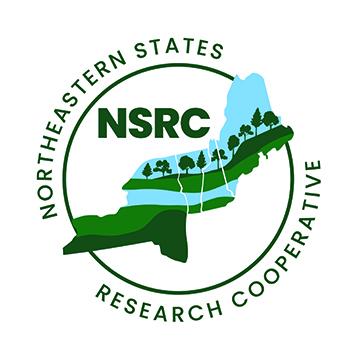Influence of Multiple Impacts on User Experience and Decision Making in the Northeastern Forest

During the COVID-19 pandemic, recreation lands in the Northern Forest have seen a dramatic increase in visitors. While this has clear positive outcomes (revenue for communities, emotional and physical benefits for users), there are also challenges associated with increased use and crowding (ecological degradation, litter, waste, conflict, risk) that, when combined, interfere with user satisfaction and impact overall experience. Most studies to-date have addressed the ways individual impacts (parking or congestion on trails) inform user experience and decision making in forested outdoor recreation landscapes. Few studies have investigated the combined influence of these impacts on user experience and decision making in the context of user density, crowding, displacement, conflict, and risk and safety. This hinders our ability to develop holistic management strategies and crowd mitigation techniques in forested environments.
NSRC researchers will contribute to understanding the ways various impacts work together to inform the whole picture of user experience and decision making. This, in turn, will allow for more comprehensive management and mitigation strategies than management approaches based on a single stressor. This work is widely applicable to forested areas of the northeastern United States and beyond.
For this study, researchers will work in high-use areas of the Adirondack Park that provide outdoor recreational opportunities for health and wellness, receive high visitor volume, and may be at heightened risk because of increased visitation during COVID-19. A combination of field observation, surveys, and interviews will result in an analytical model that Park managers can use to simultaneously assess, and more effectively mitigate, multiple impacts on site and user experience.
